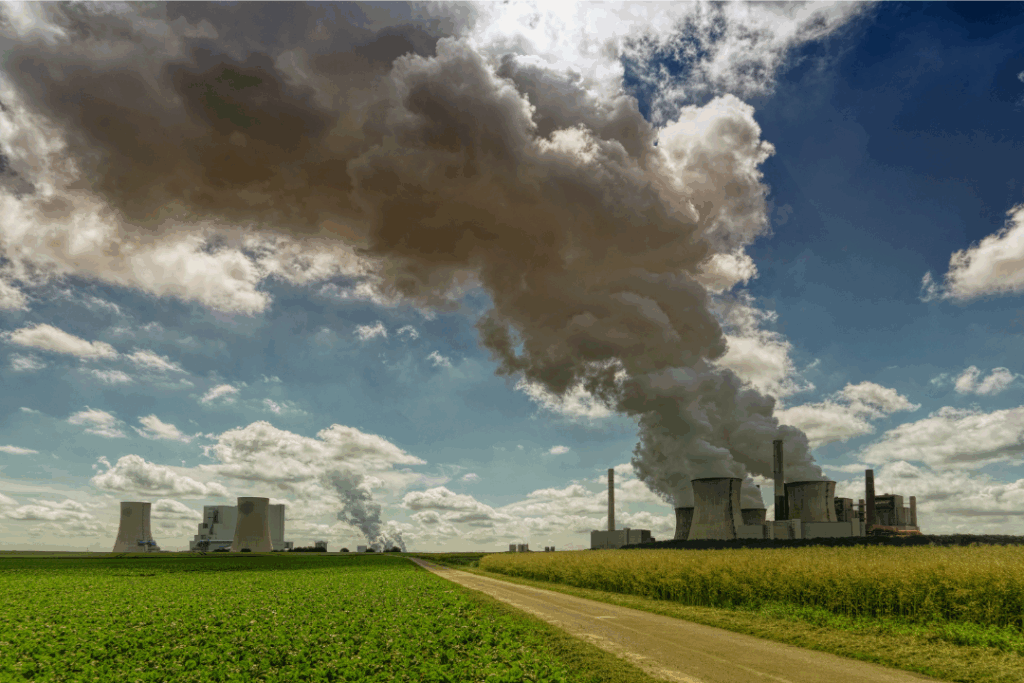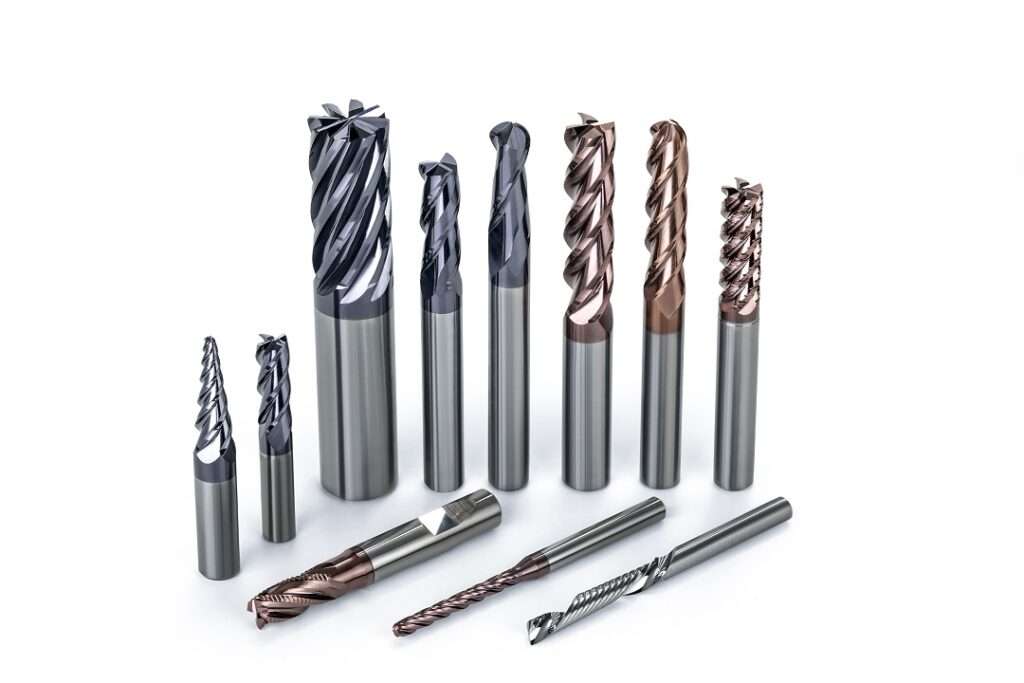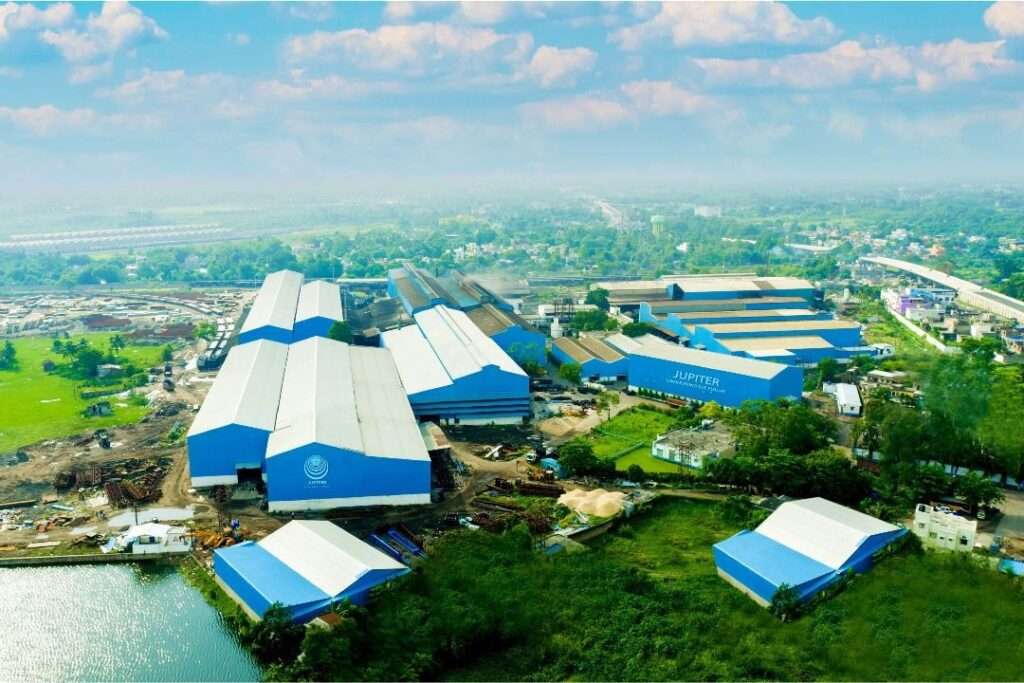- Developing rural economy is the stepping-stone on which the edifice of a successful industrial revolution will yield profits
- Creating an efficient energy ecosystem and labour-intensive manufacturing sector will equip India tocompete with industrial moguls
- Stimulating a learning environment is conducive to achieve industrial growth and creation of a welfare state
“Extinction of old forms is the almost inevitable consequence of the production of new forms.”
Charles Darwin
Any revolution, be it political, social, economic or industrial, starts with the destruction of the Four Olds– old ideas, old culture, old customs, and old habits to help civilization reconfigure itself on new lines. The 18th-century world witnessed such a revolution that recalibrated our civilization with nuts, bolts and wires.
The industrial revolution can be thought of as an evolutionary stage of any civilization as humans transform from a subsistent form of production to mass production. As the technologies advance and innovations roll out, manufacturing and its supply chains are optimized and made efficient in facilitating mass production of commodities and consumables.
The Industrial Revolution Blueprint
The industrial revolution marked our progress in the evolutionary process of our civilization when we stepped into the Anthropocene epoch. In the 18th century, Britain was the first country to write its name in the Anthropocene index, paving the way for economic, political and social reforms of our civilization.
If we look at the industrial revolution of countries like China, Korea, Japan and the US, objectively, we can dissect the stages through which these countries transformed into industrialized state.
The fundamental step which all of these industrialized countries took was the development of rural industries and the economy. Analogously, investment in the farming industry to make the agricultural process more efficient would naturally mushroom other employment avenues promising for the rural population. Once the fundamental human consumption needs are taken care of, science, technology, innovation and industry can flourish in the human mind.
The Blueprint:
• The proto-industrialization stage when rural domestic manufacturing, linked more and more families to the pulse of national and international markets
• The first industrial revolution that witnessed labour-intensive mass production for the market
• Stack supply of energy, locomotive power and infrastructure to secure mass distribution
• The second industrial revolution featured the mass production of the means of mass production, such as steel and machine tools (including agricultural machinery), as well as the creation of a large credit system;
• The welfare state where the governing bodies catered to the basic economic security for their citizens
India toddles towards Industrial Economy
India, in the global market, is synonymous with the advancing IT and the services sector rather than manufacturing. Any nation will tend to evolve from an agrarian economy to an industrial economy and finally scale to a service-based economy. However, in the case of India, after the initial years which marked our complete reliability on the agricultural sector, we have actually by-passed the industrial economic stage and swiftly moved towards a service-based economy.
India’s progress can be hypothesized as an infant, running and tumbling at sharp turns as the rickety legs are not strong enough to support the head. Reasons for this infancy can be dissected by following the example the stages of the British Industrial Revolution :
Agricultural sector
 The fundamental condition for the industrial revolution in any country is a robust and efficient agricultural industry. However, the Indian agricultural sector has not unfurled yet. Nearly 67% of Indian farmers, who grow for their subsistence, live on the fringes of economic and social growth.
The fundamental condition for the industrial revolution in any country is a robust and efficient agricultural industry. However, the Indian agricultural sector has not unfurled yet. Nearly 67% of Indian farmers, who grow for their subsistence, live on the fringes of economic and social growth.
Stories of exploitation of the farmers are far and wide. The agricultural sector provides the basic foundation for industrial expansion with supplies of food, raw materials, and labour, to markets for industrial goods and with foreign exchange earned through exports of primary products.
If we compare China’s agricultural condition to that of India, by 2005, China emerged as the world’s third-largest food donor whereas India still ranks at 102 out of 117 countries in the Global Hunger Index. According to Statista.com – a business data platform – in India, 41.49% of workers were employed in the agricultural sector as of 2020. In China, it was 25%, and in the US only 3%. Evidently, the agricultural revolution is a prerequisite for a sustainable industrial revolution.
Proto-Industrialization
Mahatma Gandhi revered as the Father of the Nation said that India’s strength lies in its villages. Turning the large population of rural India into a skilful labour force is another step towards India’s evolution into an industrial state. As statistics states, roughly out of 5.98 billion people who live in the world, close to 3.4 billion people inhabit villages/rural areas.
However, many issues still plague the Indian villages such as poverty, water scarcity, malnourishment, lack of basic facilities, illiteracy and unemployment. While many of these exist from time immemorial, unemployment seems to be the perennial threat in today’s scenario with the ever-increasing population.
Sadly, India sits on a goldmine of raw talent waiting to be nurtured and added to the HR pool. Effective utilisation of resources and availability of skilled individuals will help in ensuring that developmental activities are not compromised. This is where skill development plays a major role – a key area in which Korea focused to develop and retain a large pool of skilled labourers.
Government-launched initiatives like Make in India and Skill India have the potential to set the framework for skill development and entrepreneurship in the country. There are examples of institutions like IIT Bombay which provided training to rural women all over India while manufacturing solar cells. This initiative inspired the establishment of Dungarpur Renewable Energy Technologies Pvt. Limited, a rural, women-led manufacturing unit that produces solar products.
Providing skills and setting up of industries in villages would prevent migration to urban cities in search of employment, living in clusters and surviving on meagre resources. Upskilling, besides increasing the rural living standards, will also take the population pressure off the urban areas which is set to rise up to 40.76% in 2030.
Labor intensive mass production
China, Japan, Korea and Taiwan restructured their agricultural sector after World WarIIand focused on setting up labour-intensive manufacturing units for mass production to absorb the surplus labour force in the agri-sector. However, in India, the labour-intensive manufacturing sector like food processing, tobacco, textiles has declined since 2012.
Murali Patibanla, a Corporate Strategy professor from IIM Bangalore in his book the International Trade and Investment Behaviour of Firms, attributed India’s failure to emulate the model of the above countries to factor market distortions, infrastructure bottlenecks, substandard primary and secondary education, and delay in clearing of large-scale investments. The increasing income and wealth inequalities in the country have segmented domestic demand and market for differentiated goods, and thereby constrained the scale economies’ advantage in expanding intra-industry trade and international investments.
Creating an ecosystem for the labor-intensive manufacturing sector is paramount. PLI schemes directed at the food and textile can turn out to be a big boost to these sectors. However, we need to empower the other labor intensive sectors like cotton, as well to provide employment opportunities on a large scale.
Mass Supply of energy and infrastructural facilities
An efficient energy ecosystem is fundamental to industries; historically speaking, the Indian power sector was characterized by power-cuts, system inefficiencies and economic losses. However, the sector is set to mature with the implementation of smart technologies like an evolved grid system, smart metering and digital asset management. The recent global focus on green energy can be a possibility for India to come up as a leader in this sector. According to the International Energy Agency (IEA), India would be the largest contributor to the renewable upswing in 2021, and the country’s annual additions are expected to double in 2021 compared to 2020.
 Access to energy is a necessary element to achieve many development goals, such as eradicating poverty, increasing food production, providing clean water, improving public health, enhancing education, creating economic opportunity, and empowering women, all of which are necessary for an industrial economy. Renewable Energy can be the answer to the problem of energy security.
Access to energy is a necessary element to achieve many development goals, such as eradicating poverty, increasing food production, providing clean water, improving public health, enhancing education, creating economic opportunity, and empowering women, all of which are necessary for an industrial economy. Renewable Energy can be the answer to the problem of energy security.
Recent R&D in the field of renewable energy has come up with ways to increase the efficiency of solar cells and the development of micro-grid systems, which can provide energy to remote and isolated areas. GOI’s strong focus on renewable energy is obvious from the fiscal and regulatory incentives, viability gap funding and execution support in terms of land and evacuation infrastructure is expected to support this upswing. Analyzing the current scenario of the energy sector, it can be predicted that in the years to follow, India can be in a position to mass produce and distribute energy.
Mass production of the means of mass production
 The machine tools market is in good shape in India. According to the Indian Machine Tool Manufacturers Association, the sector today comprises about 1000 units, a huge expansion from the previous 450 units during the 2000s, with 75% being ISO certified. The growth rate shows that 25 of these units are large scale players accounting for 70% of the total turnover of the sector. The rest comes under the MSME sector.
The machine tools market is in good shape in India. According to the Indian Machine Tool Manufacturers Association, the sector today comprises about 1000 units, a huge expansion from the previous 450 units during the 2000s, with 75% being ISO certified. The growth rate shows that 25 of these units are large scale players accounting for 70% of the total turnover of the sector. The rest comes under the MSME sector.
Make in India initiative hasidentified automobiles, auto-components, biotechnology, defense, railways and textiles for development. Machine tool industry will be the key factor in this journey as automobiles, auto-components, defense and railways are the main users of machine tools. It will open up promising apertures for the sector to growannually at 20-25 percent to increase its market share. India also needs to capitalize on the influence of Industry 4.0 technologies like data analytics across machines, robotics, simulation, system integration, industrial IOTs etc, in the machine tools sector.
Creation of Welfare state and developmental strategies
Setting up manufacturing plants, providing schemes and incentives is not the only factors that can evolve a countries economy. There are other elements, which influence the economic scenario of a country, like culture, religion and education. Investing in anintellectually stimulatingenvironment where ideas and innovation can freely flow withinthecountry’s ethos without the shackles of bureaucracy or political intervention is the only way for the development of the human mind and in turning the economy. We can calibrate our country with nuts, bolts and wires only when our workers have a steady hand and an informed mind.








